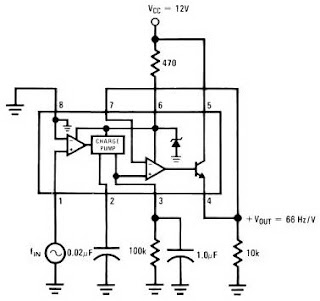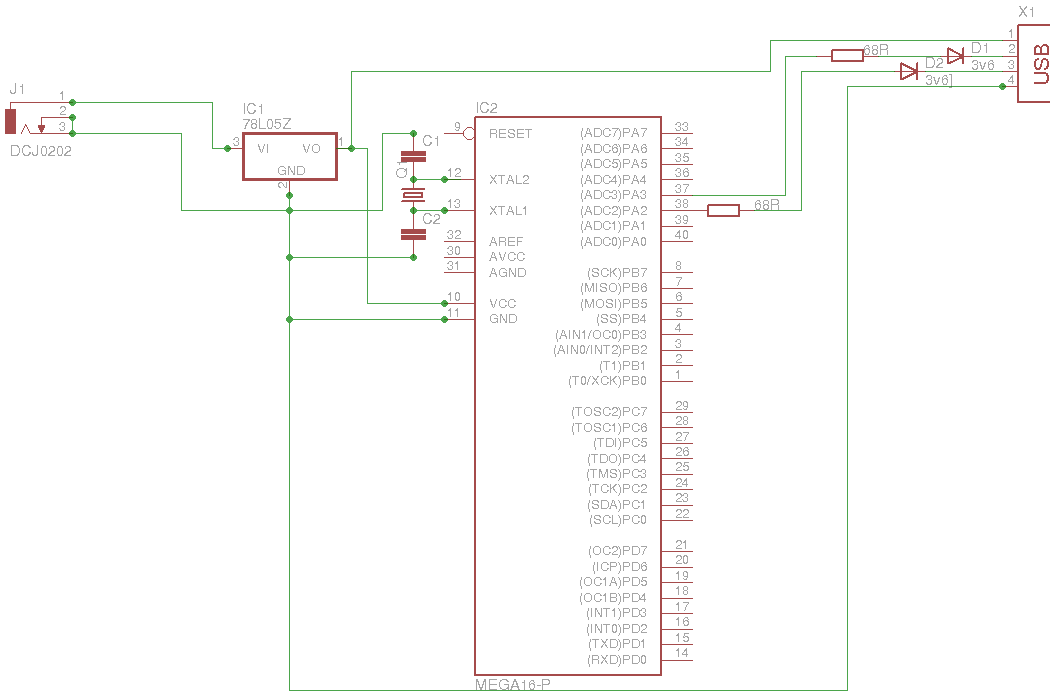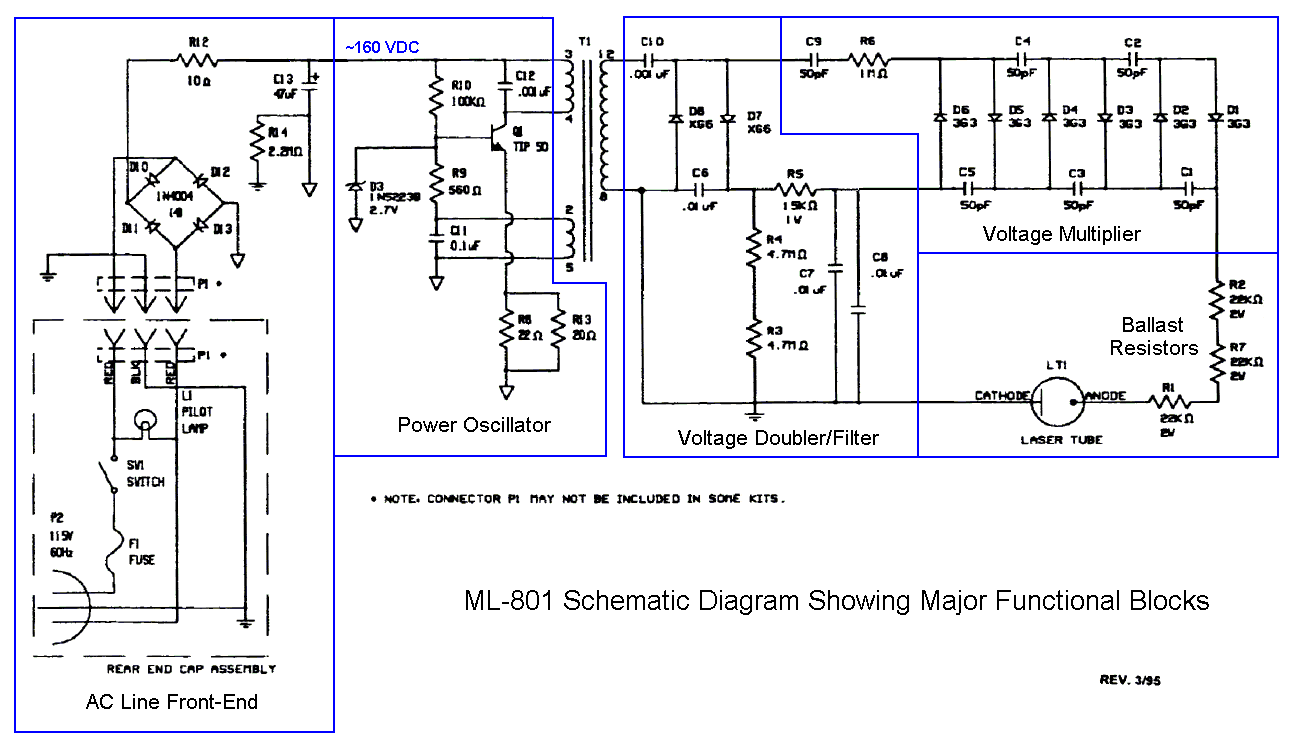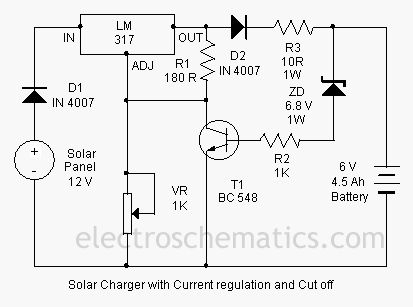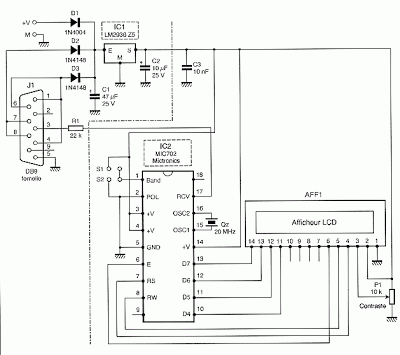
Wiring schematic for 2005 636 Kawasaki
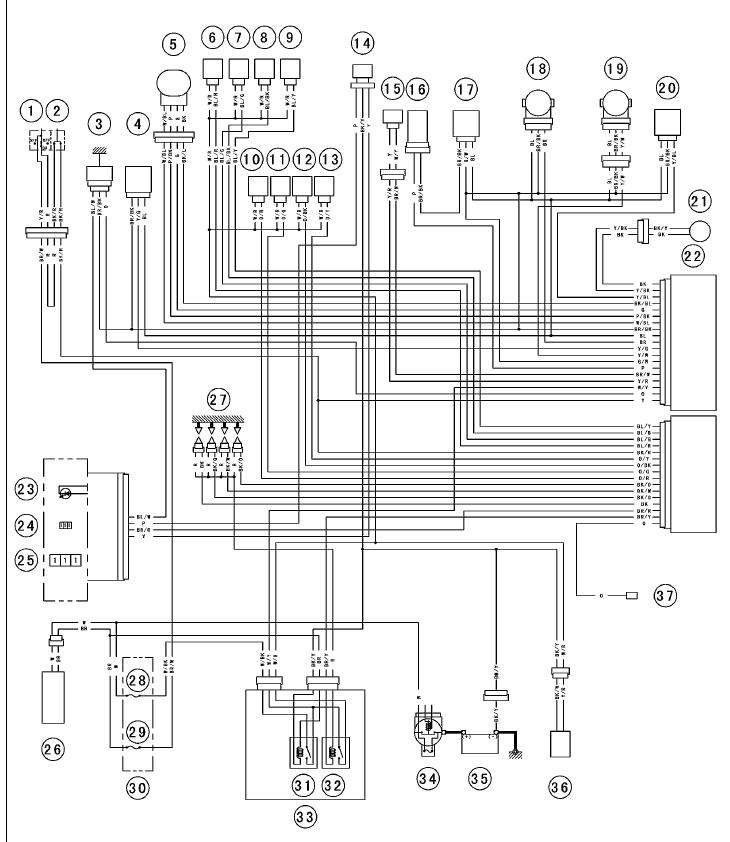
The entire setup was removed from a bike some time ago and functioned properly then. It also operated well approximately a year ago on the engine stand where it is currently mounted. Recently, when attempting to start the engine for testing purposes before selling it, a problem occurred. Pressing the starter button caused the tail lamp fuse to blow, and the starter did not engage. This suggests a potential short circuit that needs to be traced. A search for a schematic diagram for the 2005/2006 DFI bikes yielded no results. The option to order a factory service manual (FSM) from the dealer is available, but it would not arrive until the following week, prompting a desire to find a schematic online for immediate troubleshooting. The entire wiring harness and electrical system are laid out for diagnosis. The starter operates when manually jumped, and the fuel pump also activates when jumped, although it does not engage automatically. Other components, such as the throttle and exhaust actuator, function correctly when the ignition is turned on, and the instrument cluster lights up as expected. However, the "FI" light is illuminated on the cluster, and it is unclear whether it remains lit until the engine starts, akin to a check engine light in a car.
The electrical system of the motorcycle in question consists of several critical components that interact to facilitate engine operation. The starter motor is responsible for initiating the engine's crankshaft rotation, while the fuel pump ensures that fuel is delivered to the engine for combustion. The presence of a blown tail lamp fuse when the starter button is pressed indicates a possible short circuit within the wiring harness, which could lead to excessive current draw, causing the fuse to blow.
When diagnosing this issue, it is essential to inspect the wiring harness for any visible signs of damage, such as frayed wires or poor connections. A multimeter should be utilized to check for continuity in the starter circuit and the fuel pump circuit. This includes verifying the integrity of the starter relay and the ignition switch, as these components can also contribute to starting issues.
The "FI" light on the instrument cluster suggests that there may be an active fault in the fuel injection system, which could be related to the fuel pump not activating automatically. It is advisable to investigate the connections to the fuel pump and any associated relays or fuses. If the fuel pump operates correctly when manually jumped, the issue may lie in the control circuit rather than the pump itself.
In the absence of a schematic, one approach is to create a simple diagram based on the layout of the wiring harness and the known working conditions of each component. This can aid in isolating the fault and determining the necessary repairs. Once the schematic is available, it will provide a comprehensive overview of the electrical system, allowing for more efficient troubleshooting and resolution of the issues present.I removed the entire setup from a bike awhile back and it ran then, and also ran about a year ago in the engine stand that it`s currently mounted in now. This afternoon I went to start the thing up to test things out before selling it off and hit a glitch.
Pressing the starter button on the controls caused the tail lamp fuse to blow and the starter did not spin over. Seems like an obvious short that I need to trace. I did some searching for a diagram/schematic but can`t find anything for the 05/06 DFI bikes. Is there such a diagram online that can be downloaded I went to the dealer for a FSM, which I can order but it wouldn`t be in until next week and I was hoping to try and find somethign tonight. I have the entire harness/electrical system laying here on my living room carpet ready to diag if I can just get a schematic The starter turns over if I manually jump it.
I also noticed that the fuel pump does not activate, but it does work if I manually jump that as well. with a sub harness. Everything else seems to work fine. throttle and exhaust actuator cycle when you turn the key on, cluster illuminates just fine, etc. I did notice the "FI" light was on in the cluster, but I cannot remember if that remained on when until the engine started or not(similar to a check engine light in a car)
🔗 External reference
The electrical system of the motorcycle in question consists of several critical components that interact to facilitate engine operation. The starter motor is responsible for initiating the engine's crankshaft rotation, while the fuel pump ensures that fuel is delivered to the engine for combustion. The presence of a blown tail lamp fuse when the starter button is pressed indicates a possible short circuit within the wiring harness, which could lead to excessive current draw, causing the fuse to blow.
When diagnosing this issue, it is essential to inspect the wiring harness for any visible signs of damage, such as frayed wires or poor connections. A multimeter should be utilized to check for continuity in the starter circuit and the fuel pump circuit. This includes verifying the integrity of the starter relay and the ignition switch, as these components can also contribute to starting issues.
The "FI" light on the instrument cluster suggests that there may be an active fault in the fuel injection system, which could be related to the fuel pump not activating automatically. It is advisable to investigate the connections to the fuel pump and any associated relays or fuses. If the fuel pump operates correctly when manually jumped, the issue may lie in the control circuit rather than the pump itself.
In the absence of a schematic, one approach is to create a simple diagram based on the layout of the wiring harness and the known working conditions of each component. This can aid in isolating the fault and determining the necessary repairs. Once the schematic is available, it will provide a comprehensive overview of the electrical system, allowing for more efficient troubleshooting and resolution of the issues present.I removed the entire setup from a bike awhile back and it ran then, and also ran about a year ago in the engine stand that it`s currently mounted in now. This afternoon I went to start the thing up to test things out before selling it off and hit a glitch.
Pressing the starter button on the controls caused the tail lamp fuse to blow and the starter did not spin over. Seems like an obvious short that I need to trace. I did some searching for a diagram/schematic but can`t find anything for the 05/06 DFI bikes. Is there such a diagram online that can be downloaded I went to the dealer for a FSM, which I can order but it wouldn`t be in until next week and I was hoping to try and find somethign tonight. I have the entire harness/electrical system laying here on my living room carpet ready to diag if I can just get a schematic The starter turns over if I manually jump it.
I also noticed that the fuel pump does not activate, but it does work if I manually jump that as well. with a sub harness. Everything else seems to work fine. throttle and exhaust actuator cycle when you turn the key on, cluster illuminates just fine, etc. I did notice the "FI" light was on in the cluster, but I cannot remember if that remained on when until the engine started or not(similar to a check engine light in a car)
🔗 External reference
